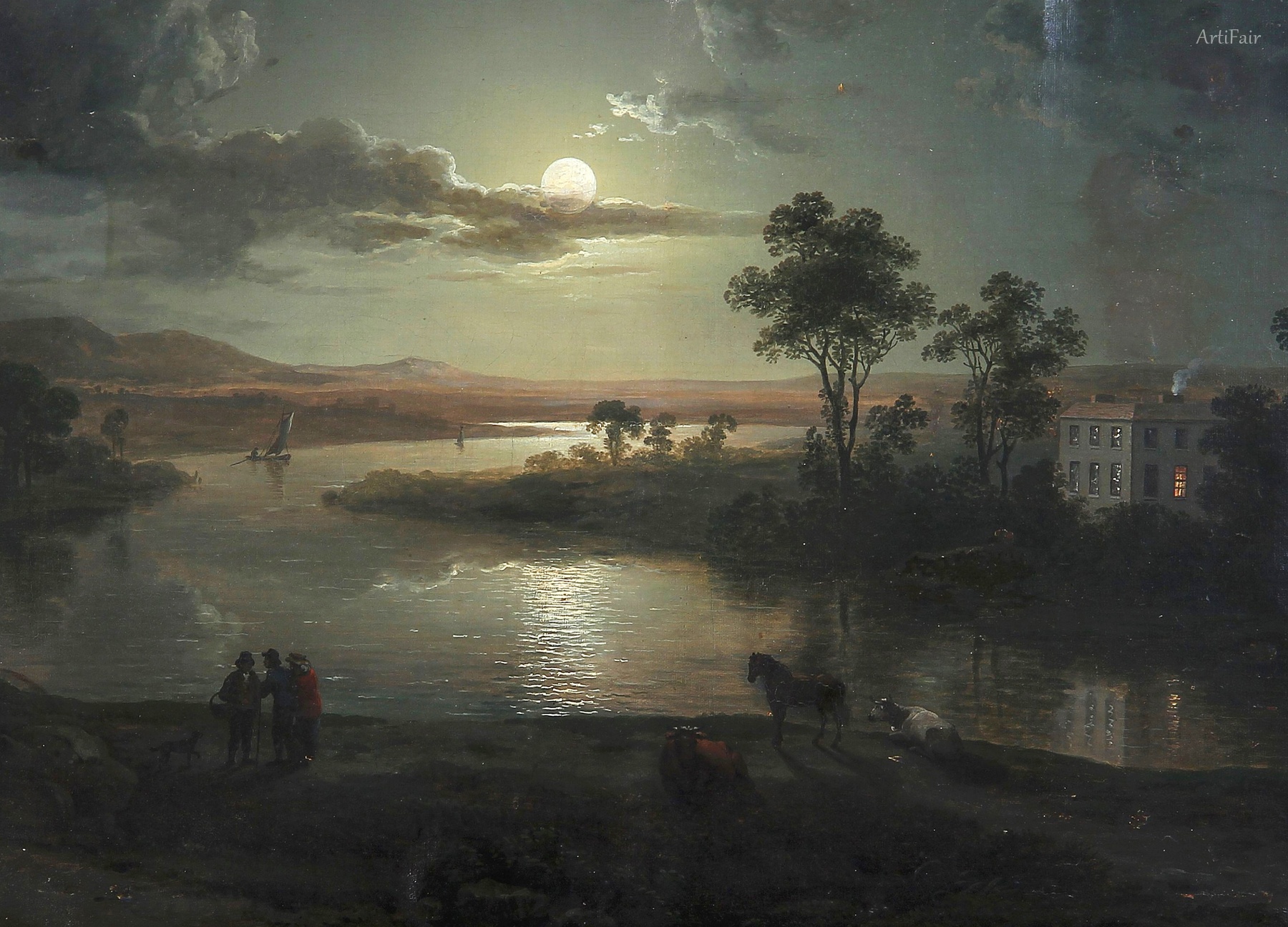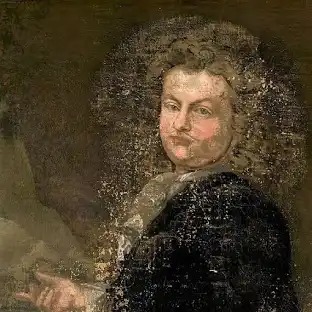

Abraham Pether
GB
15
Artworks
1752 - 1812
Lifespan
Artist Biography
Abraham Pether (1752–1812) was a versatile English artist celebrated primarily for his evocative landscape paintings, particularly those depicting moonlit scenes, which earned him the nickname "Moonlight" Pether. Born in St. James', Piccadilly, London, on October 8, 1752, he was the nephew of the distinguished engraver William Pether. Displaying remarkable precocity, young Abraham demonstrated a profound talent for music, reportedly playing the organ in a Chichester church at the tender age of nine. This early aptitude foreshadowed a lifelong engagement with diverse fields; beyond painting, Pether was also recognized as a talented musician, inventor, mathematician, and philosopher, embodying the spirit of an 18th-century polymath.
Despite his musical gifts, Pether chose art as his profession, studying under the landscape painter George Smith of Chichester, whom he eventually surpassed in skill. Initially, his works featured river and mountain scenery, often incorporating classical buildings in a style described as pleasing yet somewhat artificial, reminiscent of Richard Wilson. However, Pether found his true calling and lasting reputation in the depiction of nocturnal landscapes illuminated by the moon. His mastery in capturing the subtle nuances and ethereal quality of moonlight captivated audiences and critics alike, cementing his identity as "Moonlight" Pether.
Pether possessed a particular fascination with the dramatic interplay of light sources, frequently combining moonlight with the glow of firelight. Subjects such as the 'Eruption of Vesuvius', 'Ship on Fire in a Gale at Night', and 'An Iron Foundry by Moonlight' exemplify this interest. He rendered these scenes with exceptional feeling and harmonious colour, establishing himself as one of the finest early English painters of chiaroscuro. His skillful manipulation of light and shadow to create drama and depth drew comparisons to his near-contemporary, Joseph Wright of Derby, another master of nocturnal and industrial scenes. Notably, Pether brought his extensive scientific knowledge, particularly in astronomy, to his art, ensuring the celestial conditions in his moonlit pictures were always accurately observed.
A consistent presence in the London art scene, Pether was a major exhibitor with the Free Society of Artists (1773-1791) and the Incorporated Society of Artists (of which he was a member), and also showed frequently at the Royal Academy (1784-1811), exhibiting 61 works there. His painting "Harvest Moon," displayed at the Academy in 1795, received considerable praise. Beyond his artistic endeavours, Pether's scientific curiosity led him to construct telescopes and microscopes for his personal use, lecture on electricity using instruments he had built himself, and even invent a novel type of pencil. His multifaceted talents underscored his reputation as a true polymath.
Despite the popularity of his atmospheric paintings, Pether struggled financially throughout his life. He was never able to earn more than was necessary to provide for the basic needs of his large family, which included his wife, Elizabeth, and nine children. His situation worsened dramatically when a prolonged illness rendered him unable to work, plunging the family into severe poverty. Abraham Pether died in Southampton on April 13, 1812, leaving his family destitute. Their subsequent inability to secure assistance from the Artists' Benevolent Fund sparked significant controversy and criticism of the society's management at the time. Later, his widow Elizabeth entered the pencil business, advertising chemically purified leads.
Abraham Pether's legacy extends beyond his own significant contributions to English landscape painting. Known among dealers as 'Old' Pether to distinguish him from his artist sons, Sebastian (1793–1844) and Henry (1800–1880), both followed in his footsteps, specializing in the family trademark of moonlit scenes. While his sons also faced financial hardship, Abraham's dedication to quality, scientific accuracy, and his mastery of chiaroscuro secured his place in art history. His work, characterized by its atmospheric depth and careful observation, continues to be appreciated, though often confused with later imitations or even the works of his sons. Distinguishing genuine Pether works often involves noting the absence of overly dark passages, specific colour palettes, and, for Abraham, the depiction of identifiable locations rather than pure fantasy.